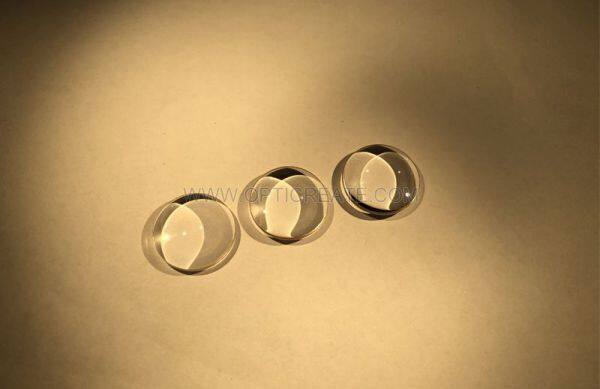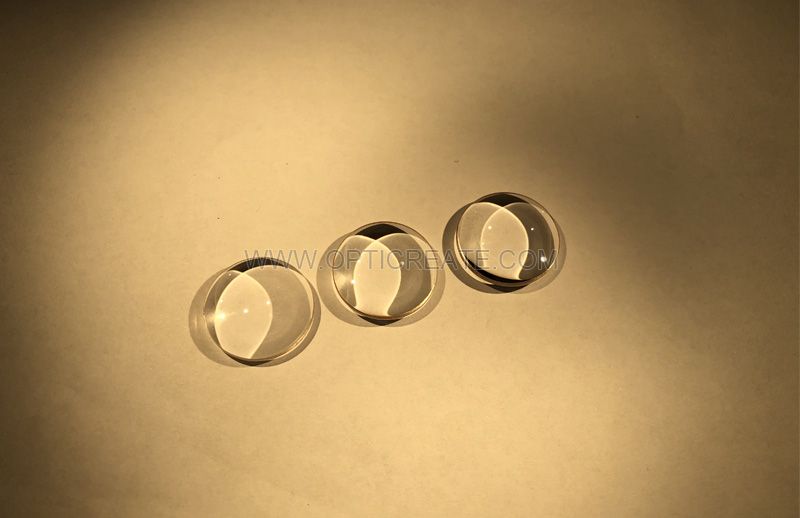Главная > Новости компании > How Does Lens Imaging Work?
-
 Helen Xie
Добро пожаловать в мой магазин. Я рад вам обслуживать. Не стесняйтесь задавать мне любые вопросы.
Helen Xie
Добро пожаловать в мой магазин. Я рад вам обслуживать. Не стесняйтесь задавать мне любые вопросы.
Ваше сообщение превысило лимит.
Новости компании

In today's ever-evolving era, lenses have begun to be used universally, integrated into every corner of our lives, and are inseparable from our lives. He is also often used on our lamps, which are a glass or plastic component that can change the direction of light or control the distribution of light distribution. Today, Optical Assemblies Factory will work with you to learn what is the working principle of lens imaging? Where is the lens used?
A lens is the most basic optical element that makes up the optical system of a microscope. Objectives, eyepieces, and condensers are composed of single and multiple lenses. According to their different shapes, they can be divided into convex lenses, also called positive lenses, and concave lenses, also called negative lenses.
Convex lenses: thick in the middle and thin in edges, there are three types of Bi-Convex Lens, plano-convex, and concave-convex;

Bi-Convex Lens
Concave lenses: thin in the middle and thick in edges. There are three types of Bi-Concave Lens, plano-concave and convex-concave.
When a beam of light parallel to the main beam passes through the convex lens and compares to a point, this point is called "focus", and the plane passing through the focus and perpendicular to the optical axis is called "focal plane". There are two focal points. At the focal point in object space, it is called "object-side focal point". The focal plane there is called the object-side focal plane. Conversely, the focal point in image-space is called the image-side focal point. Called the image square focal plane. After the light passes through the concave lens, it becomes an upright virtual image, and the convex lens side becomes an inverted real image. The real image can be displayed on the screen, but the virtual image cannot.
Lenses can be widely used in various fields such as security, automotive, digital cameras, lasers, optical instruments, etc. With the development of the market from time to time, lens technology is becoming more and more widely used. The lens is made according to the law of refraction of light. A lens is an optical element made of a transparent substance (such as glass, crystal, etc.). A lens is a refraction lens, and its refractive surface is a transparent body with two spherical surfaces (spherical surface and one part) or one spherical surface (spherical surface and one part). The images it creates have real and virtual images.
-
Палочное стекло. Палочка из боросиликатного стекла
-
Линза цилиндрическая плоско-вогнутая BK7 диаметром 15 мм с антирефлексивным покрытием для изображения
-
Линза из закругленного стекла BK7 с антиотражающим покрытием для защиты под водой
-
поляризатор, Аномальный линза, проводящее стекло, герметизирующее стекло, Обогреваемые проводящие линзы
-
Сверхбольшой зеркаль, сверхкриволинейный зеркаль, сверхсферический зеркаль
-
планоконvexная линза, оптическая линза, призма, горбатая призма, двояковыпуклая линза, вогнутая линза
-
спектроскоп. плоское зеркало, оптическое зеркало
-
свободной формы зеркало, сферическое зеркало, асферическое зеркало, плоское зеркало, оптическое зеркало
-
Высококачественные оптические компоненты из сапфира и кварца
-
Высококачественная сапфировая пластина с спецификацией по заказу производителя
-
Высококачественная сапфировая наконечность с спецификацией OEM
-
Высококачественный сапфировый ступенька по спецификации OEM
-
Высококачественное сапфировое окно с спецификацией по заказу производителя
-
Высококачественные сапфировые окна с параметрами по заказу производителя
-
Заказные светоделительные кубические призмы
-
Призма CMY Куб, оптическое стекло K9 кубическая призма, зеркало для точных измерений сборки спутника
-
Профессиональный дизайн крестообразной стеклянной сетки для телескопического прицела
-
Оптическая линза с делениями, деления Nightforce, стандартные деления Mildot с крестообразной насечкой
